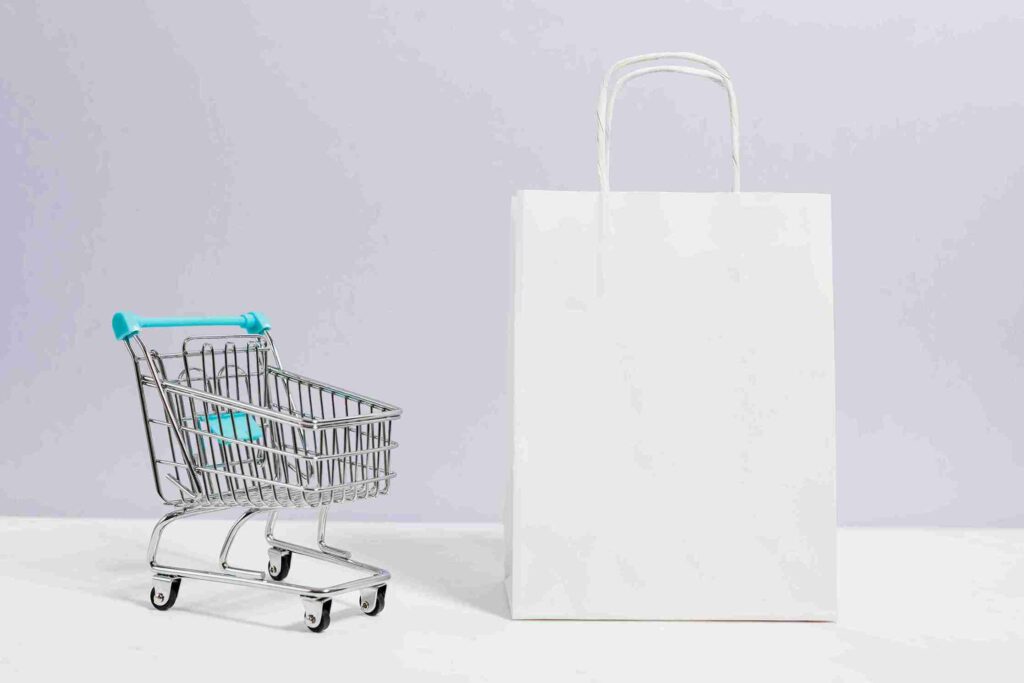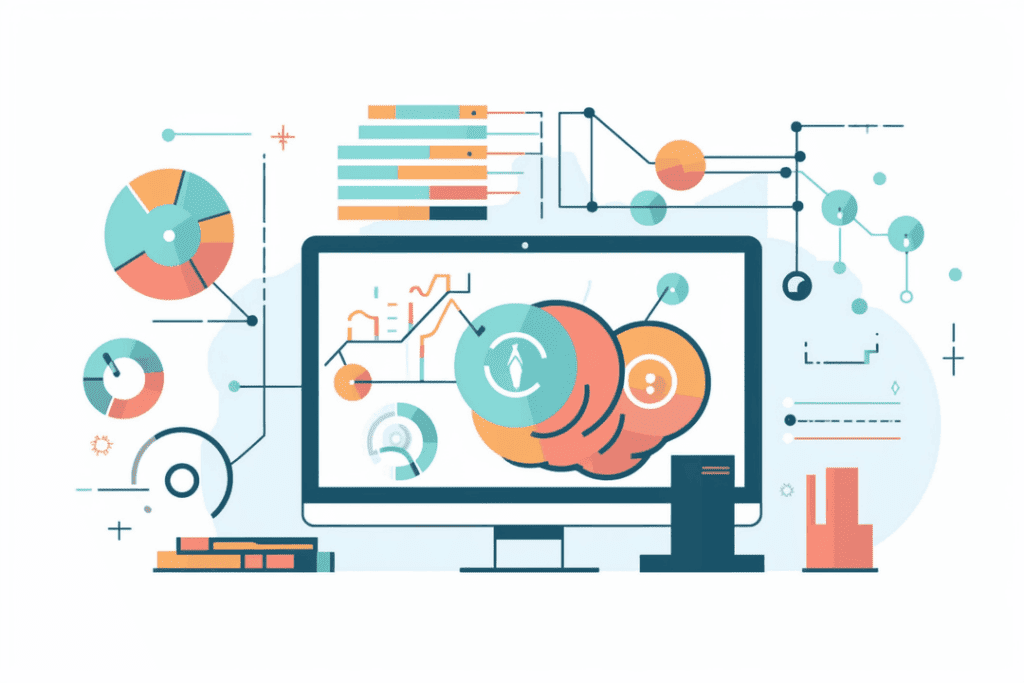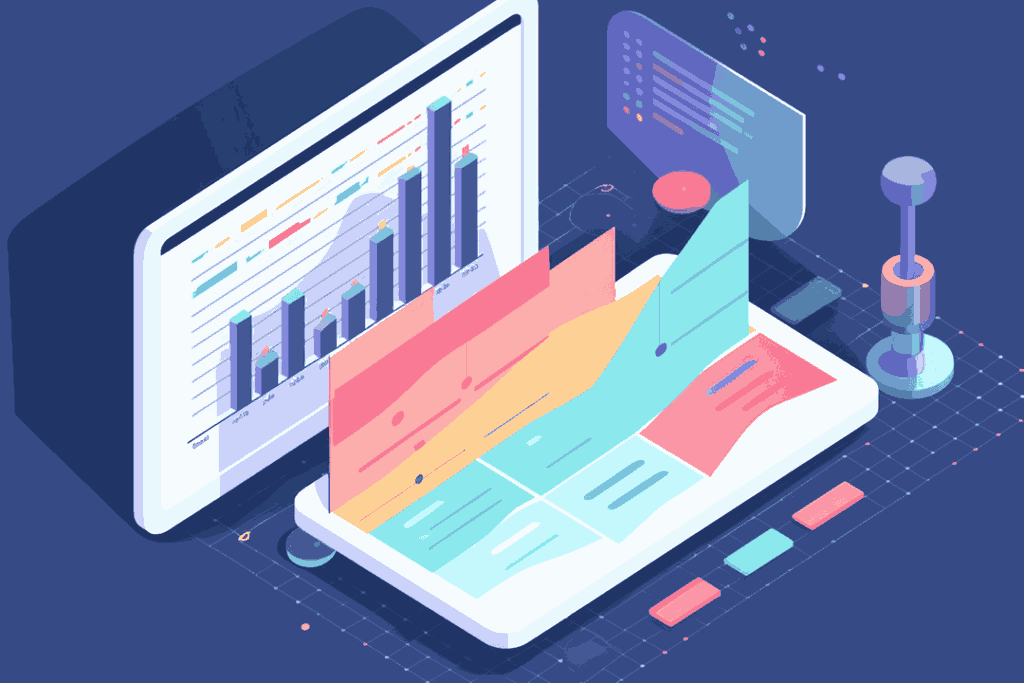Most stores don’t grow from first-time buyers. They grow from customers who come back again and again. That means you need to know how to increase purchase rate (Shopify). If your repeat purchase rate is low, you’re missing out on the most reliable path to long-term revenue.

Why Repeat Customers Are Worth More
Getting a new customer can be expensive—ads, content, SEO, email flows. But getting an existing customer to buy again usually costs far less. And they tend to buy more too.
Repeat customers often:
- Spend more per order
- Buy more often
- Refer others to your store
- Are less sensitive to price
How to Know If You Have a Repeat Buyer Problem
Look at your customer breakdown. If 80–90% of your revenue is coming from new customers, that’s a warning sign. A healthy store often sees 30–50% of revenue from return customers.
You can use your First-Time vs Returning Customers report to track this breakdown over time.
Repeat Purchase Triggers That Work
Not all buyers return on their own. You need to give them a reason to come back. These tactics work because they feel natural—not pushy:
- Follow-up emails based on the product lifecycle (e.g. skincare reorders after 30 days)
- Low-friction upsells (like offering a refill pack a week after delivery)
- Surprise discounts for 2nd orders after a good review
- Reminder emails before a subscription renewal or product restock
Timing Matters More Than You Think
Many stores wait too long to re-engage. The longer you wait, the colder the customer becomes.
Use your data to estimate when a repeat purchase is most likely. For some brands, that’s 7 days. For others, it’s 60. Your store’s ideal timing depends on the product and your customer’s habits.
Use Customer Segments to Target Smarter
Your second-time buyers aren’t all the same. Some bought because of urgency. Others loved the experience.
Segment your audience based on behavior:
- Buyers who’ve reordered within 30 days
- Buyers who haven’t returned in 90 days
- Buyers who gave a 5-star review
Make the Second Purchase Feel Easier
The first transaction takes the most trust. The second one should feel easy.
Remove obstacles by pre-filling fields, offering one-click reorders, and using email flows that show previously bought items.

By the Numbers
Empower your business with our Shopify Data Driven App

- ✔ Know Your Audience Behavior
- ✔ Deep Customer Segmentation
- ✔ Retarget With Integrations
- ✔ All The KPIs & Reports You Need
Track Your Repeat Metrics Over Time
Repeat purchase rate is something you should track monthly. It tells you if your retention efforts are working and you can increase repeat purchase rate (Shopify).
Tools like By the Numbers can help you monitor these trends clearly—without guessing. You’ll know if a new loyalty push or email flow is helping or just adding noise.
Repeat Buyers Build Strong Stores
You don’t need every customer to return. But the ones who do will be the most profitable.
If your store builds around that second, third, and fourth purchase, your marketing gets cheaper, your margins get better, and your growth gets steadier. That’s what happens when you understand how to increase repeat purchase rate in Shopify.
Loyalty Programs That Keep Customers Coming Back
A loyalty program gives people a reason to return instead of shopping around. But it has to be simple and actually useful. Points-for-purchase systems work best when the reward feels achievable and not buried behind 10 complicated rules.
You can also layer in milestones. For example, give a bigger reward after 3 orders instead of just 1. That nudges customers toward long-term loyalty rather than one-off purchases.
Use Post-Purchase Emails to Build Habits
The best time to increase retention is right after the first sale. Post-purchase emails are often underused, but they’re powerful.
After someone buys, don’t just send a receipt. Send an email that thanks them, explains what to expect, and shows how to get the most from the product. A week later, offer tips, complementary products, or a discount to come back.
This flow builds trust and encourages customers to make your store part of their routine.


